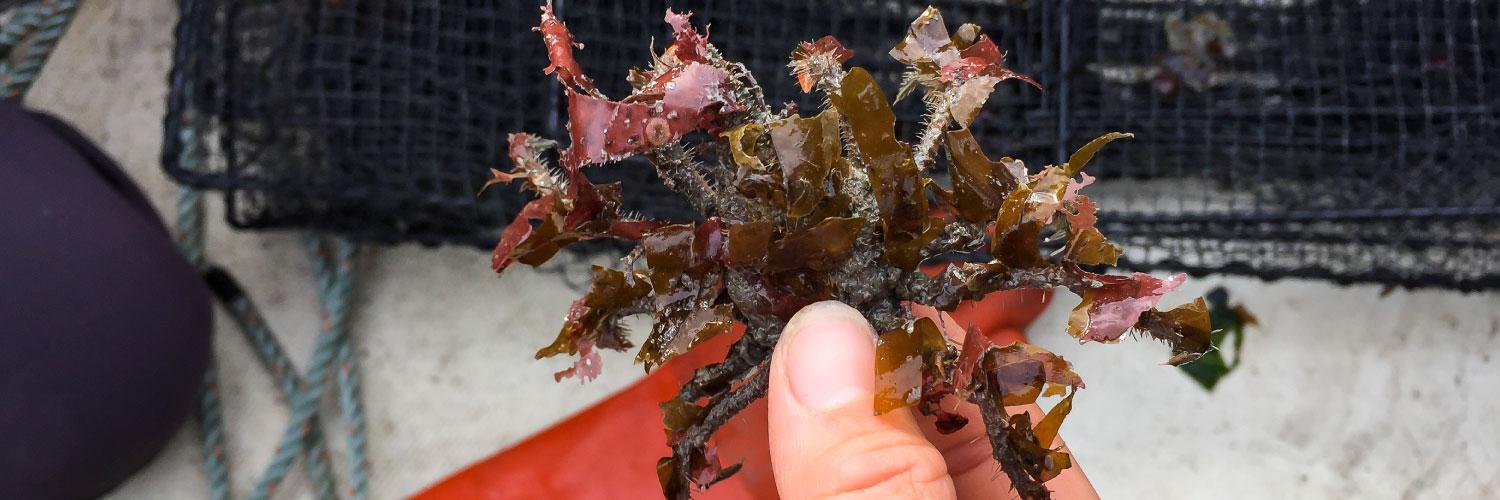
Invasive species are one of the leading global conservation concerns because they can have strong, negative impacts on ecosystems, native species, and natural resources. To date, arctic regions have experienced a relatively low number of biological introductions. However, increases in water temperatures, reductions in sea ice, and projected increases in shipping traffic are expected to make arctic marine regions more susceptible to the arrival and colonization of new species.
Our risk assessment for the Bering Sea sought to identify 1) which marine species pose the greatest invasion risk; 2) which areas are most vulnerable to invasion; and 3) which ports are most likely to serve as an entry point into the Eastern Bering Sea.
As part of this project, we created habitat suitability maps using downscaled climate models and species' temperature and salinity thresholds. For each species, we evaluated a) the number of weeks with suitable survival habitat; b) whether each species could survive year-round; c) the number of consecutive weeks with suitable reproductive habitat. We conducted these analyses for two, 10-year study periods: current (2003-2012) and future (2030-2039).
About the data
- Individual taxa rasters: Habitat suitability predictions for each species, climate model, and study period that we considered. This information can also be accessed as a .pdf (Habitat suitability atlas)
- Summary rasters: Individual taxa rasters were combined to evaluate the total number of species with suitable survival/reproduction habitat in the Bering Sea. This dataset includes model-averaged rasters and rasters for each model-study period combination.
Looking for code?
We love geek heads! Head over to our GitHub repository.
Acknowledgements
This project was made possible through funding from the North Pacific Research Board (project #1532) and the Aleutian and Bering Sea Islands LCC (ABSI LCC). Tracey Gotthardt and Aaron Poe were involved with spearheading the project. Tracey Gotthardt and Aaron Poe were instrumental in developing this project. Casey Greenstein, Lindsey Flagstad, Catie Bursche, Jaime Weltfelt, and Curtis Whisman contributed to developing the ranking system and the species status reports. Thank you to Jen Karnak of Marine Exchange of Alaska, who assisted with vessel identification, Rob Bochenek and Dr. William Koeppen of Axiom Data Science for assistance extracting the ROMS data, Marcus Geist for his GIS wizarding, and Dr. Al Hermann for insightful conversations about the ROMS.
Data and Resources
| Field | Value |
|---|---|
| Modified | 2025-10-03 |
| Release Date | 2019-10-25 |
| Identifier | 870f6e5b-b21b-4c45-9629-1437f53e3c3f |
| Language | English |
| License | |
| Contact Name | Droghini, Amanda |
| Contact Email | |
| Public Access Level | Public |

![[Open Data]](https://assets.okfn.org/images/ok_buttons/od_80x15_blue.png)